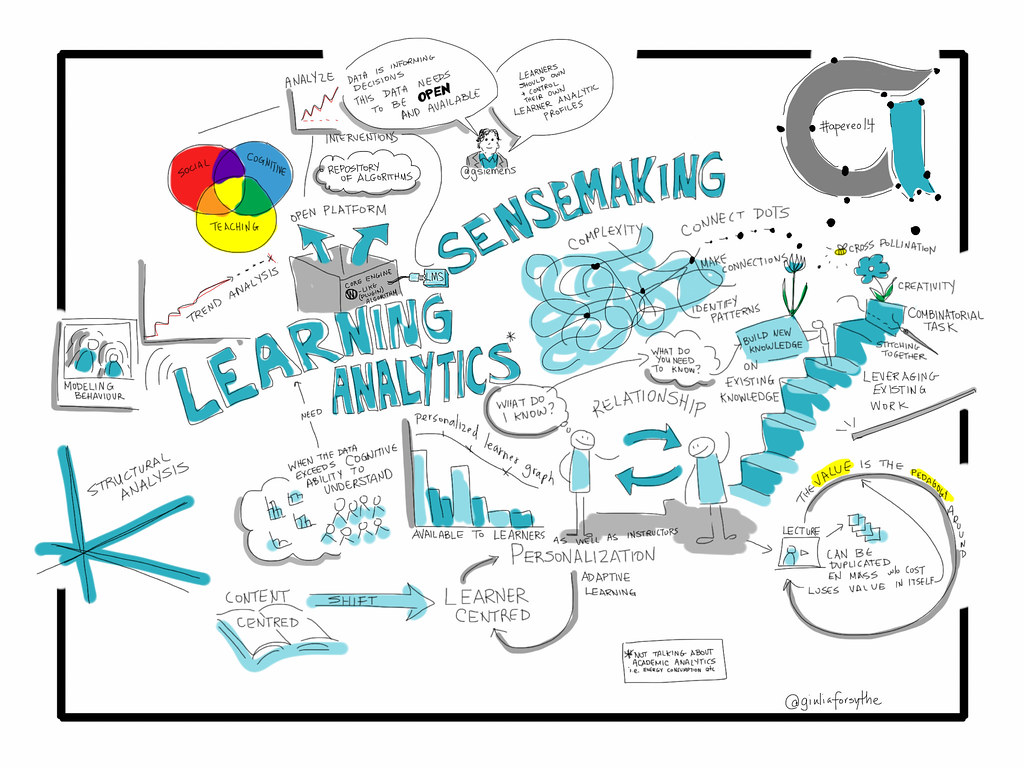Understanding user behavior is very crucial in today’s digital environment. Behavioral analytics is providing a way for businesses and organizations of all sizes to delve into user understanding, improved customer experience, and increased conversion in order to generate profits. So, what precisely is behavioral analytics, and why is it that significant?
The Essence of Behavioral Analytics
Imagine a world in which your business possesses a top secret code, an elixir that cracks the code of buyer behaviors. Behavioral analytics is the key. The procedure entails gathering and examining users’ actions in terms of behavioral patterns while they use digital sites such as websites and mobile applications. With this information-based method, businesses can unearth what lurks under the surface of patterns, trends, and critical conclusions.
This can be better understood by following the video:
Each person has a distinct way of behaving, just like user behavior. When a person navigates your website or mobile application, there is a trail or digital breadcrumbs left behind. These breadcrumbs can be analyzed to understand:
- Navigation Patterns: What pages, how do the users navigate through your site, and what is their frequency of visiting certain areas on your site?
- Clicks and Interactions: What buttons do they click, which links do they choose, what form fields do they fill in, and other activities that occur during their interaction with the site?
- Dwell Time: The time spent on a certain page and/or interaction with specific information.
- Conversion Funnel: The process that a user goes through prior to becoming a customer, subscriber, or lead.
Lets understand this with a small story about how Sarah increased her coffee sales…
There once was a little town in an area called Bean & Brew, which provided a warm atmosphere for both visitors as well as community members to hold meaningful discussions or enjoy some drinks together. During this period, Sarah, a kind landlady, operated the shop and always aimed at preparing excellent coffee for her clients.
On a sunny day one morning, Sarah realized her coffee shop was slowly slowing down. The number of people seeking for goods was reducing, and the sales rates were declining. Determined to figure out who poisoned her customers to make them go away from her place.
Turning to a magical instrument called “Behavioral Analytics”, Sarah started by accumulating data about customer’s behavior. It was quite easy for her to develop a straightforward system that monitored customers’ visits, average stay, and ordering habits. Every step, every cup of coffee, and nearly all interactions were minutely documented.
To her, behavioral analytics really started making sense the more data came pouring in. It enabled me understand the preferences and habits of my customers almost as if I had a magic looking glass. Armed with this new information, she began making modifications in their coffee shop.
For example, she observed how many visitors she got daily and noted that they tended to leave after a few hours. She created a loyalty scheme in which after many visits she would give for her friends the coffee for free. Moreover, she employed various music lists in order to determine those that made people stay for additional time. People soon wanted another cup of coffee, and sales increased gradually.
Why Behavioral Analytics Matters…
Personalization: It is in this regard that behavioral analytics enhances the ability of businesses to be relevant by personalizing the user experience. By understanding the likes, dislikes, and behaviors of individuals, you could provide customized content, product suggestions, and discounts that create a sense of value for customers.
Improving User Experience: You can introduce meaningful and productive changes when you understand how customers use your platform. Ensure that you eliminate pain points, optimize processes, and enhance the user experience for improved satisfaction.
Identifying Problems: Behavioral analytics shows where there is difficulty on the site, which leads to user failure or abandonment. This kind of data is very essential because it helps in identifying problems, for instance, a lengthy billing process or a sluggish page.
Data-Driven Decision Making: Behavioral Analytics ensures that you don’t have to rely on guesswork. Data now supports every decision, ranging from the choice of new marketing strategies to what types of products should be developed.
Business Growth: At the end of it all, understanding user behavior translates into higher conversion rates and revenues. You can use these insights on how to customize your approach and boost your business’s potential
Churn Prediction: Behavioral analytics has a strong predictive analytics component. Companies can look back on previous behaviors and predict those customers who might stop using products/service they purchased. Having this knowledge, they will be in a position to come up with retention strategies for at-risk customers and lower churn rates.
Security and Fraud Detection: Use behavioral analytics with the aim of detection of anomalies and potential security threat. These include user behaviors associated with phishing, fraud, and other possible cybersecurity attacks. Recognition of irregularities in advance allows companies to apply control measures that will avoid information leakage and possible losses.
How does behavioral analytics work anyway?
Behavioral analytics tracks user interaction through data capture on, for example, what they did, navigated within webpage or app as well as in-apps or on-sites journey. The data is analyzed and provides valuable information about customer behavior. Here’s how it works:
Data Collection: There are many behavioral analytics tools that gather information like users’ clicks, pathways they traverse, the amount of time they spend on each page, and features they use. Such data will also involve customer-specific events that include items like filling out and submitting forms or making purchases.
Segmentation: Data is then separated according to many parameters, such as the users’ demography, location, or referring system. Such segmentation enables an in-depth insight into diverse user groups.
Analysis: After this stage, one analyzes the gathered information for purposes of identifying tendencies, fads, or abnormalities. It is possible to find out the likes and dislikes of users and identify what’s needed and what is not by examining this data.
Visualization: Behavioral analytics tools enhance understanding by employing graphical and chart formats to present the insights.
Conclusion
Behavioral analytics is important in explaining, engaging and keeping alive customers in this digital scenario of today. Through understanding of user activity, firms can establish custom tailored journeys, fine tune their platforms, and form data focused business strategies. Nevertheless, they will have to contend with the issues surrounding user information protection and veracity as they exploit usage analytics to serve their business needs and improve consumers’ experiences.
Behavioural analytics acts the most magical tool for organizations in the market characterized by user experience and customization as the distinguishing factors where the customers expect flexibility from business entities. Therefore, when you see such an announcement or have been recommended for something, keep in mind that there is also a fascinating world of behaviour analysis behind it.



Awesome! Its in fact remarkable article, I have got much clear idea regarding from this article.
Thanks Mr Harris. Happy Reading!